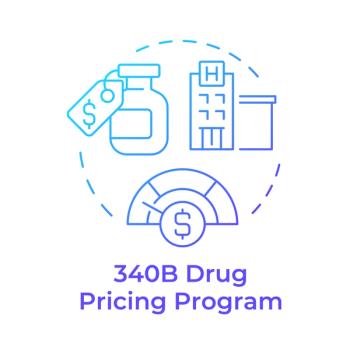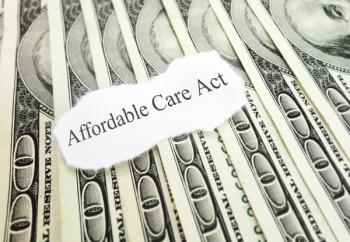
Opinion: Medicare for all: Imminent or pipe dream?
As the nation debates the future of our healthcare system, one idea gaining attention is a “Medicare-for-all” single-payer national health insurance plan.
As the nation debates the future of our healthcare system, one idea gaining attention is a “Medicare-for-all” single-payer national health insurance plan.
While this option has gained some diverse support from the left and the right, there still hasn’t been a true national movement behind it. There have, however, been concerted and somewhat fruitful efforts in states like California and New York where the state legislatures are currently debating what a first-of-its-kind statewide single-payer healthcare program would look like.
What a Medicare-for-all (nationalized) insurance market would mean:
- For insurers:
The leading thoughts here trend toward the belief that insurers will continue having similar roles and functions within the healthcare system, but that someone new will be footing the bill-namely, the government.
While many progressive idealogues are hankering to remove insurance providers completely from the picture, this seems incredibly unlikely. The Washington Post took a really interesting but brief look at this
- For consumers:
For millions of Americans, single-payer insurance would mean the separation of health insurance from employment, allowing for increased movement of labor and a greater number of people insured. At the national level, this would mean universal access to healthcare for all Americans (there were
A program like this, of course, has to be paid for and would likely see sizeable increases in the individual tax burden to accommodate it without massive efficiency gains and changes to the way healthcare is delivered and consumed.
- For risk adjustment:
It may be surprising, but nothing much may happen here at all. The risk-adjustment program developed under the ACA could still hold water under a single-payer system, whether nationally or at the state level. Plans will need a working mechanism by which to be compensated for managing the care of sicker individuals-which the risk adjustment program currently does, administered by CMS. In the ACA’s commercial exchange, this allows for the transfer of funds from plans that insure healthier, less-risky populations to those that undertake administering care for the higher-risk populations .
Even nations with completely nationalized single-payer healthcare, that do not have private insurance markets to speak of, have metrics and methods by which they adjust for health and risk in populations. For example, in
The way risk adjustment is done, or by whom, may change depending on the future of the health care system, but the need for risk adjustment will remain constant.
A long, long, way to go before a single-payer system at a federal level is a reality
At the federal level, no universal single-payer proposal had achieved more than 20% congressional cosponsorship. However, this may change with the current heightened climate around healthcare.
First introduced in 2002 as the United States National Health Care Act “
It has been a slow path to this point. The first universal single-payer healthcare bill to ever be introduced to the Congress was the Universal Health Care Act of 1991. Though, gaining much attention at the time-the bill never made it out of sub-committee. Prior to this, the
Legislation efforts such as these are far from reaching the necessary support. Even amongst liberal politicos the ingredients of a universal healthcare system are not accepted, and are not likely to be considered by conservatives. Simply, the policy is serving as a
The path, if any, lies in the states. But we’ve been here before
Numerous states have had single-payer initiatives proposed, with Massachusetts having the first in 1986. The universal healthcare program passed, but due to budget constraints and partisanship, it was quickly repealed.
The ACA left the private insurance system intact and didn’t provide for a government “public option”-this led single-payer advocates to push for a breakthrough in the states. Vermont, New York, and Hawaii, all made moves toward a public option. The push in Vermont came to an end when advocates admitted what detractors had long been saying-that they couldn't pay for it, with the needed tax increases making the public option politically unpalatable. You can read Politico’s insightful piece:
Following the 2016 presidential elections, the Democratic Party have moved forward with closely watched legislation to create a universal healthcare system i
Even in sunny California, the dream is far away: The system has a cost estimate figure of about $400 billion a year, prescribing no clear funding mechanism , and implying required tax increases. The Legislature found it difficult to embrace-and the legislation won’t go for a vote, with the State Assembly Speaker Anthony Rendon saying it was “woefully incomplete” and
In May a similar effort saw the New York State Assembly pass the
Changes in how healthcare is accessed, delivered and paid for may still come to the U.S., but they’re going to require substantial modifications in how we deliver and consume it.
Mark Scott is the chief marketing officer of
Newsletter
Get the latest industry news, event updates, and more from Managed healthcare Executive.






















































